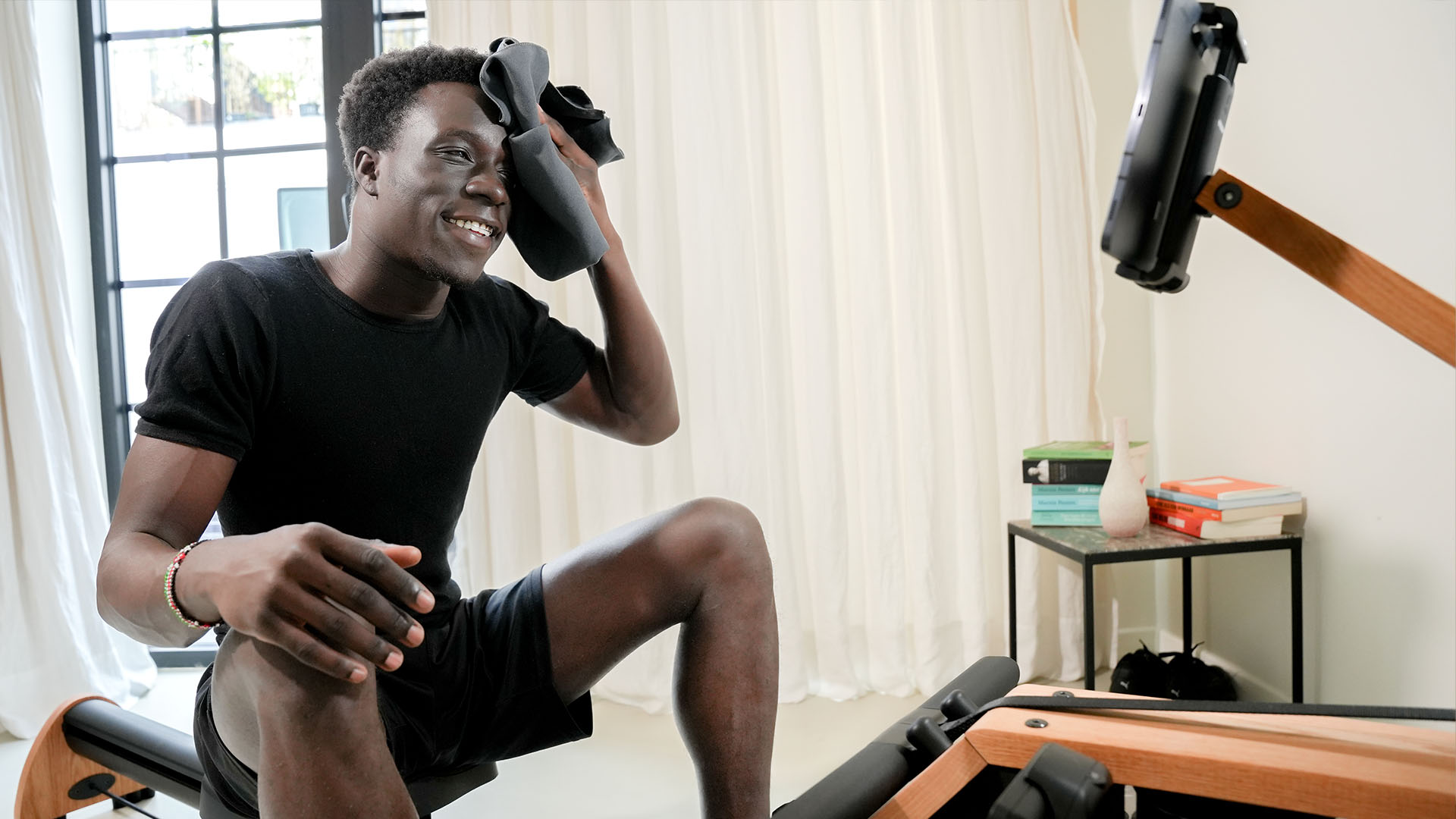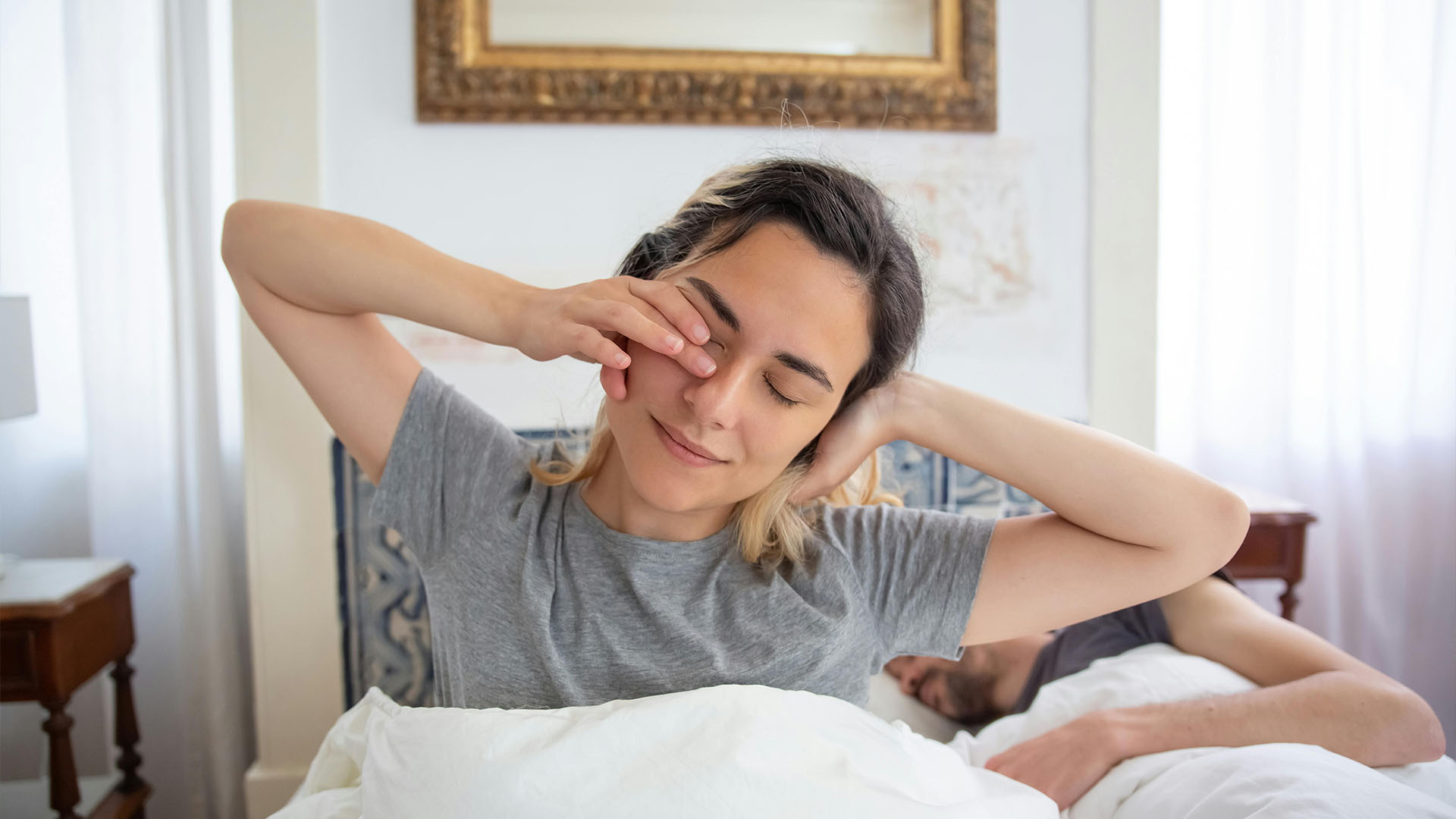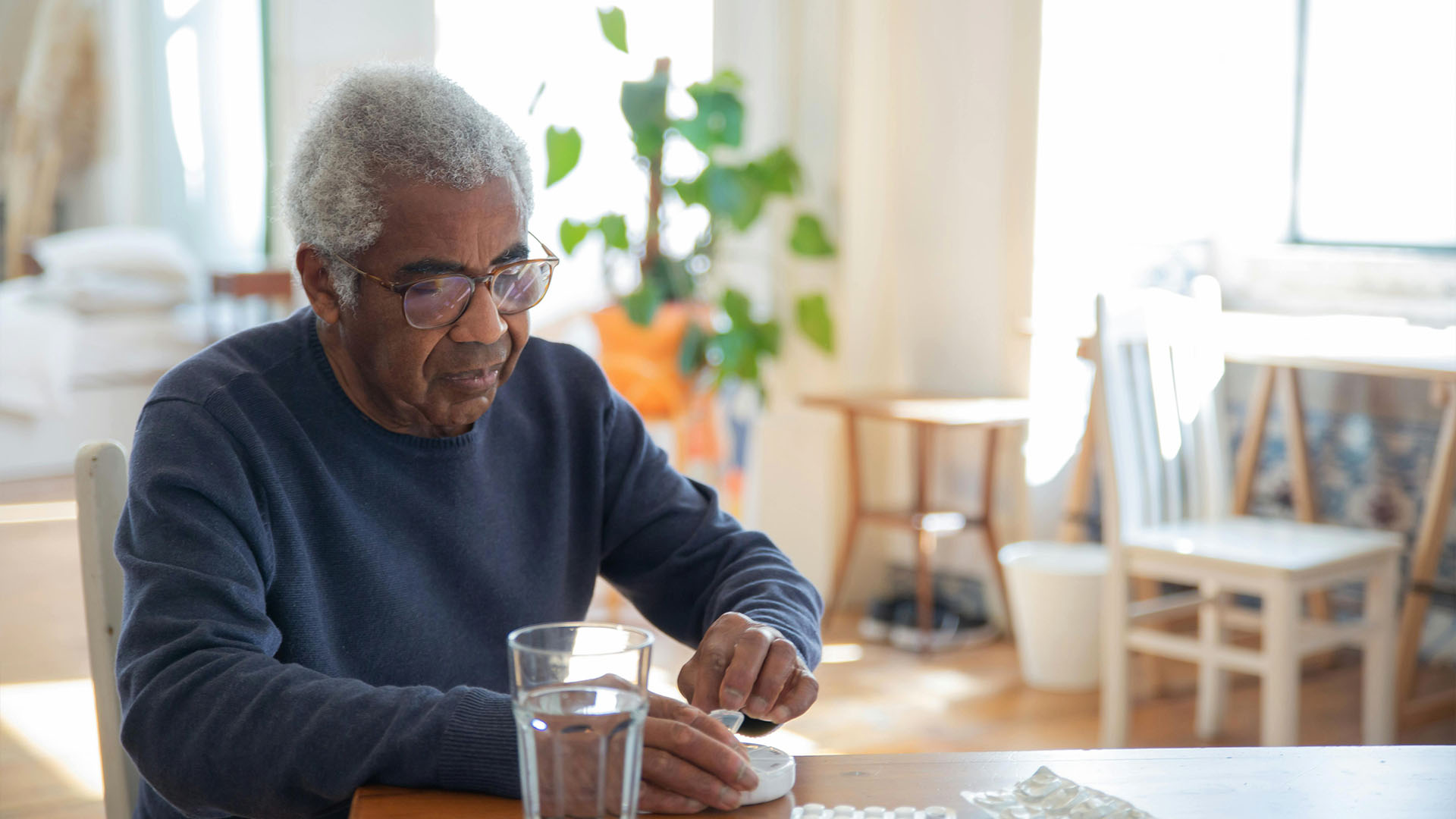How to train safely in summer: 4 tips for hot weather workouts

read
Staying in shape in summer is challenging, with heat exhaustion posing a serious health risk that you can best avoid by training indoors. But even if you’re running, cycling, or rowing in your home gym, heat and humidity have a significant negative impact on your performance, recovery, and overall fitness. Discover 4 summer workout tips to learn how to train in hot weather, maintain your exercise routine during summer, and feel good about your next session.
1. Adapt your eating habits and hydrate more
While you should ideally fuel before every workout, it is especially important to adapt your eating and drinking habits to hot weather periods. When not eating enough or overeating before a workout, you may lack energy and feel sick. Dehydration can even lead to nausea, diarrhea or constipation.

Apply these strategies to ensure your body gets the hydration and nutrients it needs for a good workout and quick recovery:
- Shift big meals to cooler hours: Enjoy light meals like salads during the heat and heavier ones once it has cooled down.
- Eat fruits and vegetables with a high percentage of water: Watermelon, cucumbers, berries, and cherry tomatoes are ideal snacks for high temperatures.
- Hydrate regularly: During your workout, stop every 10 minutes to take a sip of water or an electrolyte-rich beverage.
- Refuel after your workout: Grab a snack after your workout to keep your blood sugar and blood pressure stable.
2. Optimize your setup for high temperatures
Working out in extreme temperatures is tough for young and old. Especially when humidity levels are high, you need more energy to stay cool, putting an extra strain on your body. That’s why optimizing your home gym for summer is key for efficient workouts.

There are several ways you can make your home gym heat-proof:
- Shadow: Avoid training in direct sunlight by closing your curtains or moving your setup to a shady (and ideally isolated) place like your shed, garage, or basement.
- Evaporation: Use a damp towel or spray bottle with tap water to cool down your skin.
- Wind: Use any kind of fan (ceiling, standing, etc.) to circulate the air.
- Air conditioning: Use an air conditioner to keep temperatures low.
3. Adjust your workout goals and training schedule
As the temperatures are climbing, you may wonder what temperature is too hot to work out. You will feel exhausted more easily between 26 to 32 degrees Celsius (79 to 90 degrees Fahrenheit). You should stop exercising at temperatures above 32 degrees Celsius, since it may cause harm.

To prevent unnecessary strain on your body, adjust your workout goals and training schedule:
- Avoid reaching your limit: Follow less intense and shorter workouts.
- Optimal times for summer exercise: Don’t exercise when the sun is up by training in the early or late hours.
- Adapt your plan to the weather forecast: Schedule rest days on the hottest days to prevent heat exhaustion and heat stroke.
4. Keep track of your vital signs & listen to your body
In general, the most important tip for staying fit in summer is listening to your body. Factors that determine how fit you feel are hormone levels, the effects of medication, and sleep quality. If you feel poorly at the beginning of your workout, the risk is high that you may not enjoy your workout, that it is less efficient, and that you may need more time to recover.

The higher the temperatures and humidity, the higher your heart rate as your body works hard to stay functional. During your workout, use a heart rate monitor to keep an eye on your exhaustion level.
But even with a heart rate not exceeding Zone 2, always pay attention to the symptoms of heat exhaustion, including the following:
- Tiredness: You feel weak and drowsy.
- Nausea: You feel sick and vomit.
- Cramps: You experience involuntary contractions in your arms, legs, and stomach.
- Excessive sweating: Your skin looks pale and feels clammy.
In case you feel bad, stop your exercise immediately. Try to cool down by taking a cold bath or patting off sweat with a wet towel. Seek help if the symptoms persist or worsen.
Conclusion
Don’t let the summer heat prevent you from following your training routine. By taking extra care of your workout scheduling, training space ventilation, signs of exhaustion, and your food and water intake, you will find yourself going strong even at high temperatures.
Stay active and keep it cool with the fitness-based indoor rowing workouts in EXR!
